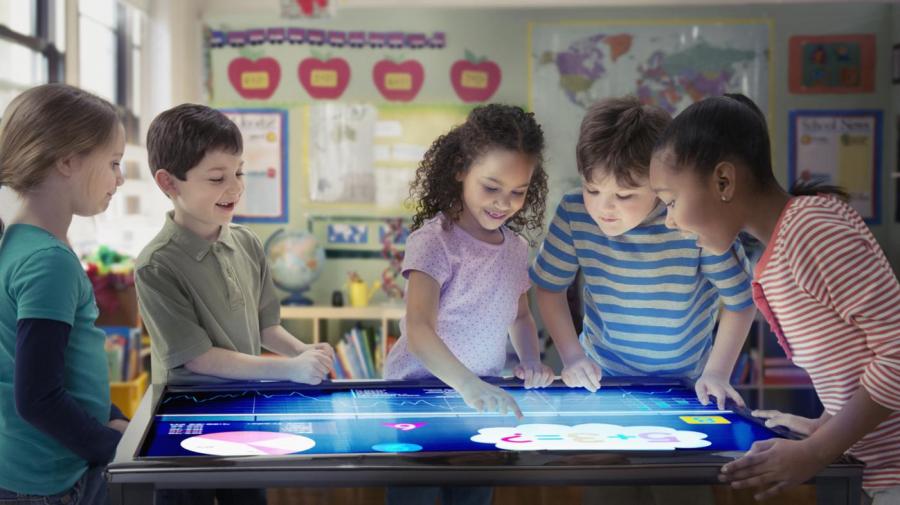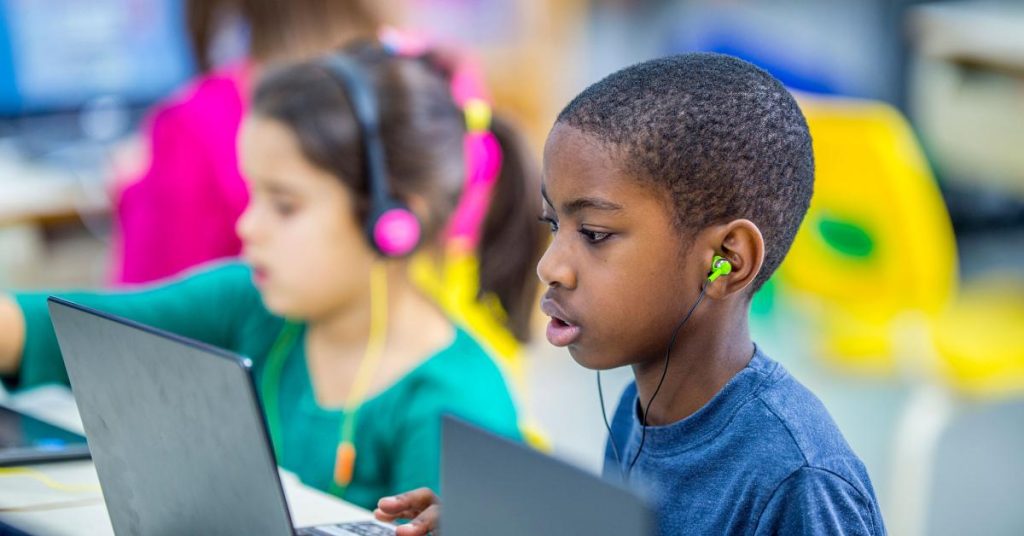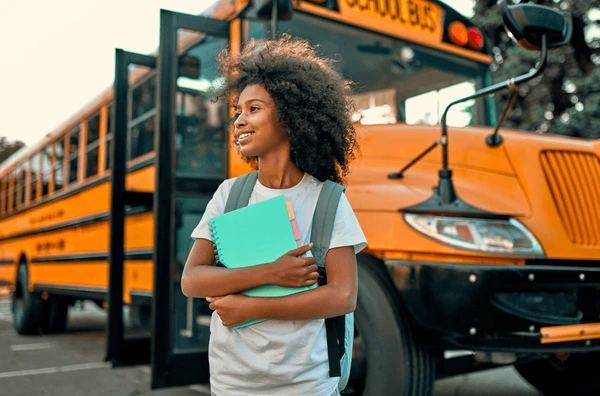JAKARTA, incaschool.sch.id – In an era defined by rapid information exchange and technological advancement, educational media has emerged as a vital tool for enhancing study materials and enriching the learning experience. Among the various forms of educational media, news sources play a particularly significant role. They provide current, relevant, and real-world contexts that can deepen students’ understanding of academic concepts. This article explores the importance of integrating news sources into educational media, the role of knowledge in this process, and practical strategies for effectively using news in educational settings.
The Importance of Educational Media

Educational media encompasses a wide range of resources, including textbooks, videos, podcasts, and online articles. These materials are designed to facilitate learning and improve educational outcomes. The integration of news sources into educational media offers unique benefits:
- Relevance and Timeliness: News sources provide up-to-date information on current events, trends, and issues. This relevance is crucial in a rapidly changing world, as it allows students to connect their studies to real-life situations, making learning more meaningful.
- Critical Thinking Skills: Engaging with news sources encourages students to think critically about the information presented. They learn to analyze different perspectives, assess the credibility of sources, and differentiate between fact and opinion. These skills are essential for navigating today’s information-rich environment.
- Interdisciplinary Connections: News stories often span multiple disciplines, allowing educators to create interdisciplinary lessons. For example, a news article about climate change can incorporate elements of science, geography, and social studies, providing a holistic understanding of the topic.
- Enhanced Engagement: Incorporating news into study materials can capture students’ interest and motivate them to learn. Real-world applications of academic concepts can inspire curiosity and encourage active participation in discussions.
The Role of Knowledge in Using News Sources
Knowledge plays a crucial role in the effective integration of news sources into educational media. Here are several ways in which knowledge enhances this process:
1. Contextual Understanding
Before integrating news sources into educational materials, educators must have a solid understanding of the topics they are teaching. This knowledge allows them to select appropriate news articles that align with learning objectives. For instance, a history teacher discussing the effects of World War II can choose relevant news articles that highlight contemporary discussions about war and peace, providing students with a deeper contextual understanding.
2. Critical Evaluation of Sources
Not all news sources are created equal. Educators must possess the knowledge and skills to evaluate the credibility and reliability of different news outlets. Teaching students how to assess sources critically is essential for developing their media literacy. This involves understanding biases, recognizing reputable journalism, and distinguishing between news and opinion pieces.
3. Connecting Theory to Practice
Knowledge enables educators to draw connections between theoretical concepts and real-world applications. For example, a business educator can use news articles about recent corporate mergers or economic trends to illustrate key principles of economics and business management. This connection enhances students’ understanding and retention of theoretical knowledge.
4. Fostering Discussion and Debate
Integrating news sources into the classroom can stimulate discussions and debates among students. Educators should be knowledgeable about current events and controversial issues to facilitate meaningful conversations. By encouraging students to express their opinions and engage with differing viewpoints, educators can create a dynamic learning environment that promotes critical thinking and respectful discourse.
5. Promoting Lifelong Learning
By incorporating news sources into educational media, educators can instill a habit of lifelong learning in students. Knowledgeable individuals are more likely to seek out and engage with current events, fostering a sense of curiosity and a desire to stay informed. This engagement extends beyond the classroom, preparing students to be informed citizens in a democratic society.
Strategies for Integrating News Sources into Educational Media
To effectively use news sources in educational settings, educators can employ several strategies:
1. Curate Relevant News Articles
Educators should curate a selection of news articles that align with their curriculum. This involves identifying reputable sources and selecting articles that are age-appropriate and relevant to the subject matter. For example, a science teacher discussing renewable energy can include articles about recent advancements in solar technology or government policies on climate change.
2. Create Discussion Prompts
To facilitate engagement with news articles, educators can create discussion prompts that encourage students to analyze the content critically. Questions might include:
- What are the main arguments presented in the article?
- How does this news story relate to what we have learned in class?
- What are the potential implications of this issue for society?
These prompts can guide classroom discussions and promote deeper understanding.
3. Incorporate Multimedia Resources
In addition to traditional news articles, educators can incorporate multimedia resources such as videos, podcasts, and infographics. These formats can enhance engagement and provide diverse perspectives on a topic. For instance, a podcast interview with an expert on climate change can complement written articles and provide students with a more comprehensive understanding of the issue.
4. Encourage Student Research
Encouraging students to conduct their own research using news sources can foster independence and critical thinking. Assignments could involve students finding recent news articles related to a specific topic, analyzing the content, and presenting their findings to the class. This approach empowers students to take ownership of their learning while developing research skills.
5. Utilize Social Media and Online Platforms
Social media platforms and online news aggregators can serve as valuable tools for accessing current events. Educators can guide students in following reputable news sources on platforms like Twitter or using apps that curate news articles based on their interests. This not only keeps students informed but also encourages them to engage with news in a format they are comfortable with.
6. Connect News to Assessment
Integrating news sources into assessments can encourage students to apply their knowledge in practical ways. For example, educators might assign essays or projects that require students to analyze a current event through the lens of the concepts learned in class. This approach reinforces the relevance of academic content and encourages critical thinking.
Challenges in Integrating News Sources
While the benefits of using news sources in educational media are significant, there are challenges that educators may encounter:
- Information Overload: The sheer volume of news available can be overwhelming for both educators and students. It is essential to curate high-quality, relevant sources to avoid confusion and ensure that students are engaging with meaningful content.
- Bias and Misinformation: The prevalence of biased reporting and misinformation can complicate the integration of news sources. Educators must be vigilant in selecting articles that present balanced viewpoints and encourage students to critically evaluate the information they consume.
- Time Constraints: Incorporating news sources into lessons requires time for planning and discussion. Educators must balance the curriculum with the need to stay current with inca berita events, which can be challenging in a packed academic schedule.
Conclusion
Educational media, particularly news sources, play a crucial role in enhancing study materials and enriching the learning experience. By integrating current events into the curriculum, educators can provide students with relevant, real-world contexts that deepen their understanding of academic concepts. Knowledge is essential in this process, enabling educators to select appropriate sources, foster critical thinking, and connect theory to practice.
As the landscape of education continues to evolve, the integration of news sources into educational media will remain vital. By employing effective strategies and addressing potential challenges, educators can create dynamic learning environments that prepare students to navigate the complexities of the modern world. Ultimately, the use of educational media, particularly news sources, fosters informed, engaged, and critical thinkers who are equipped to thrive in an ever-changing society.


